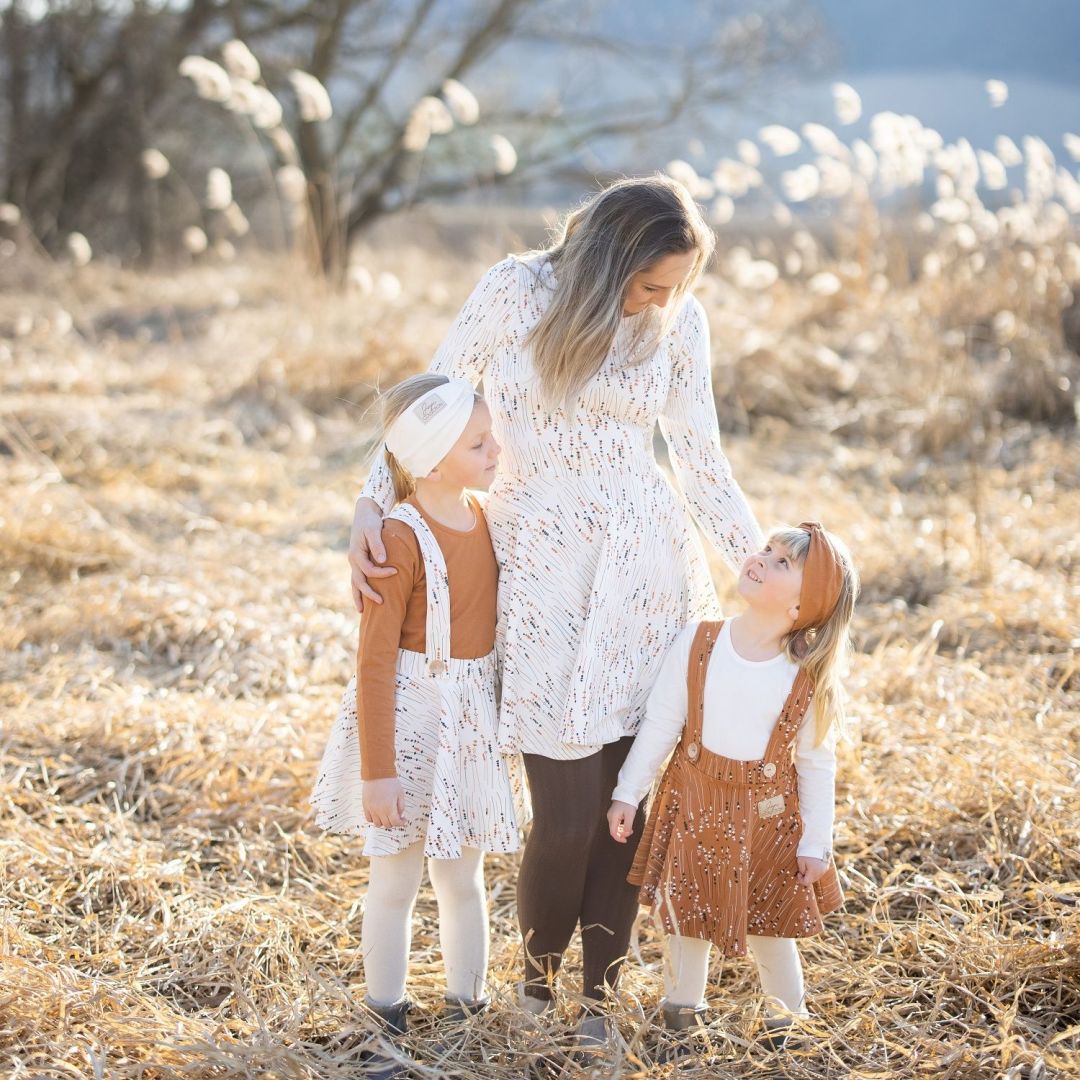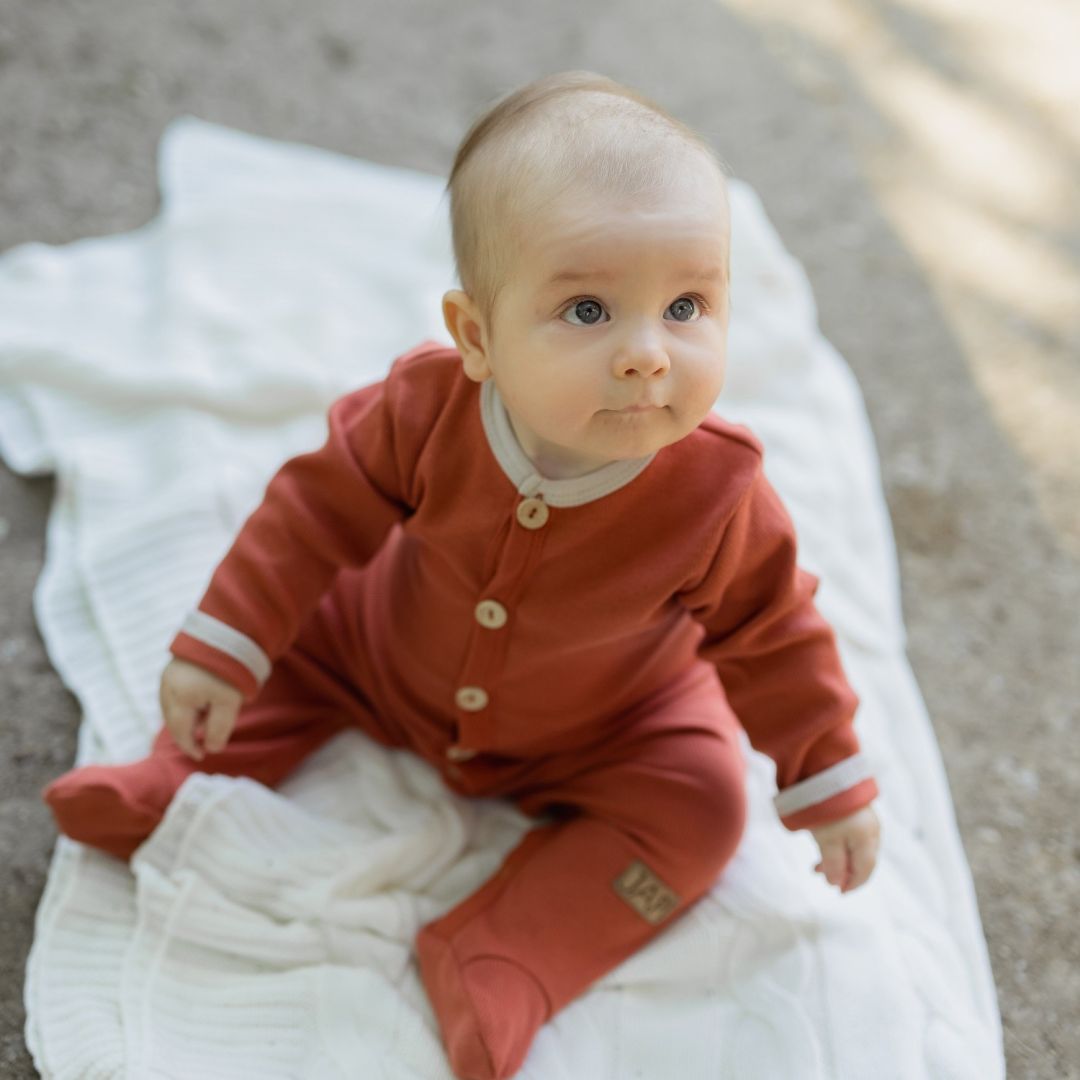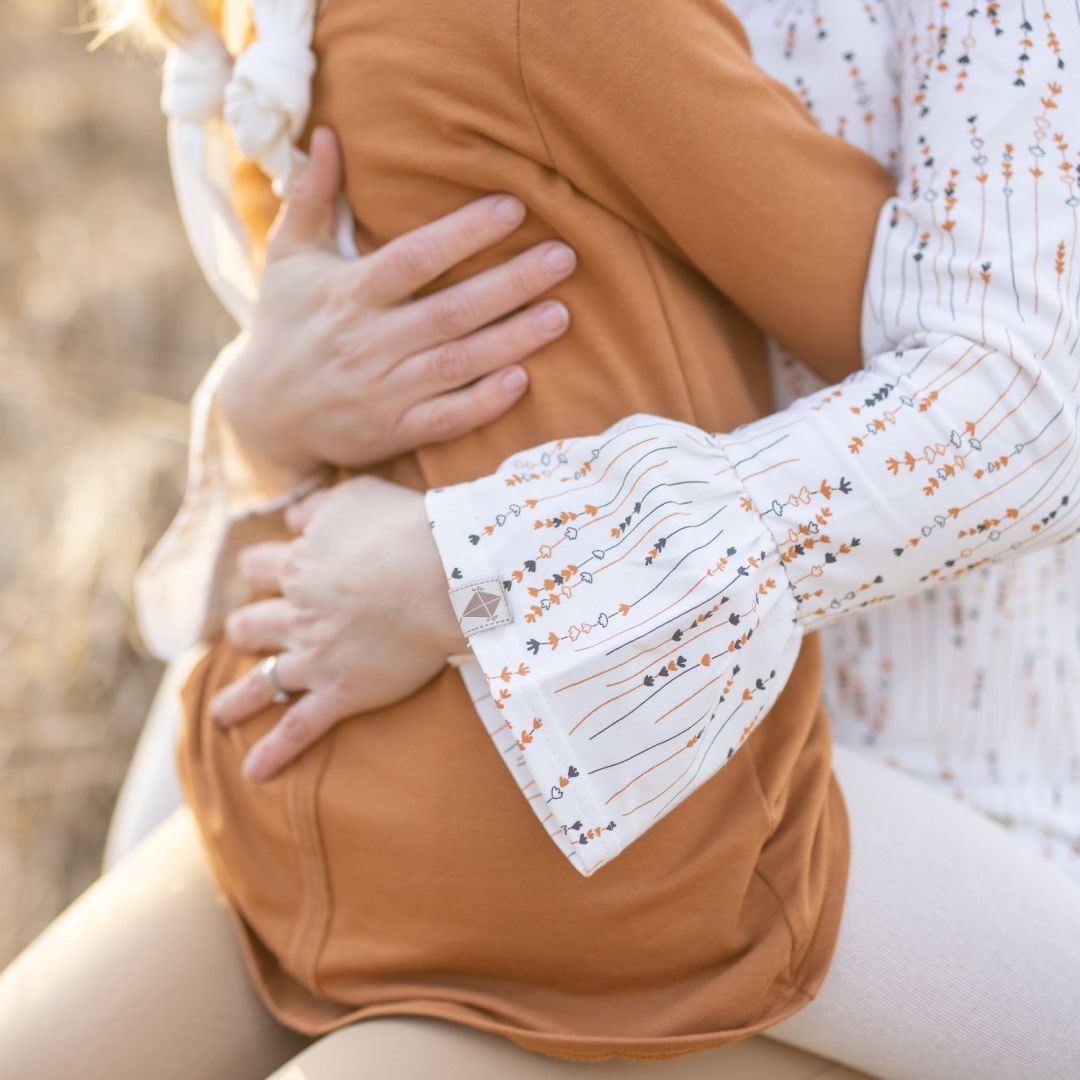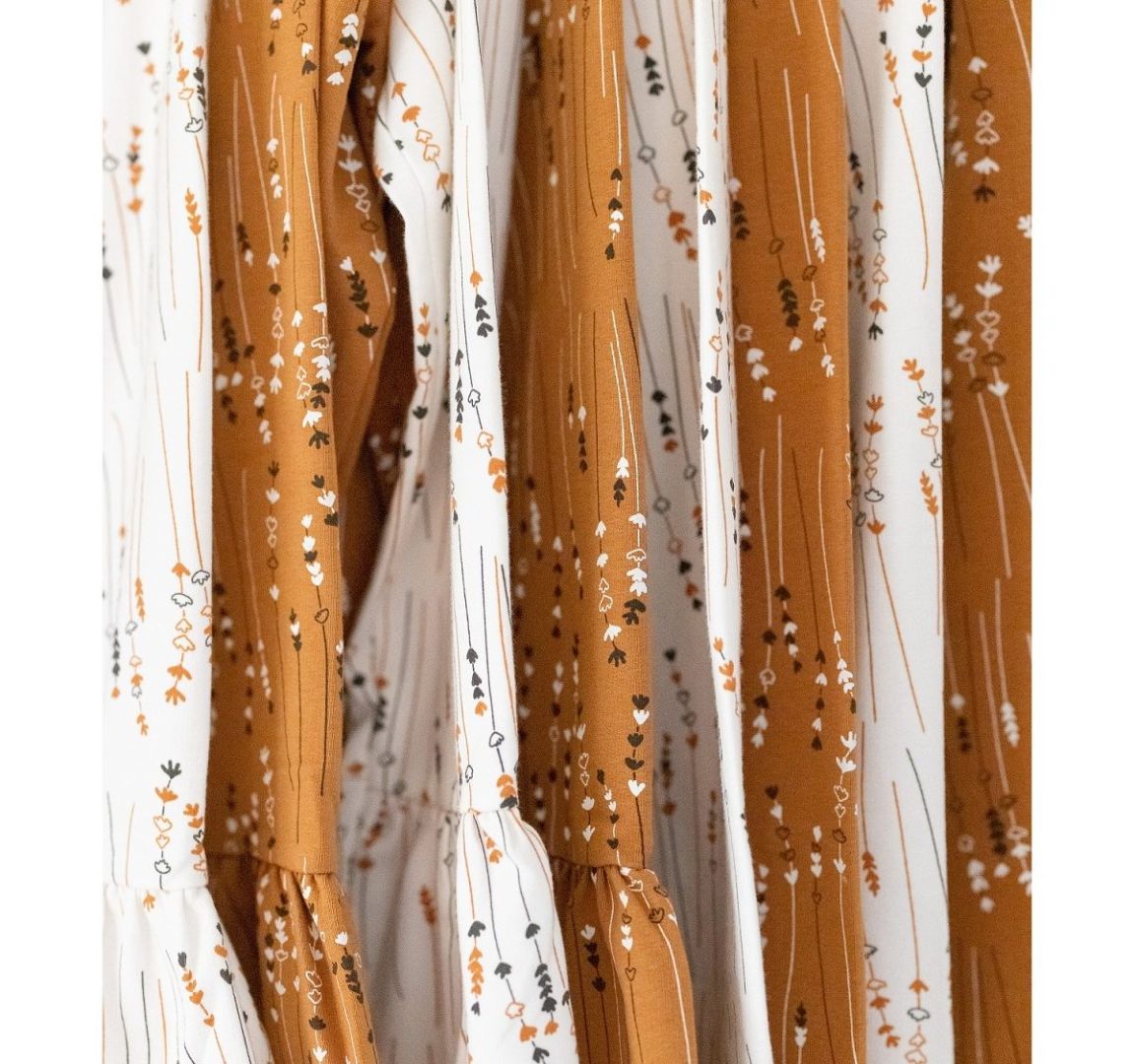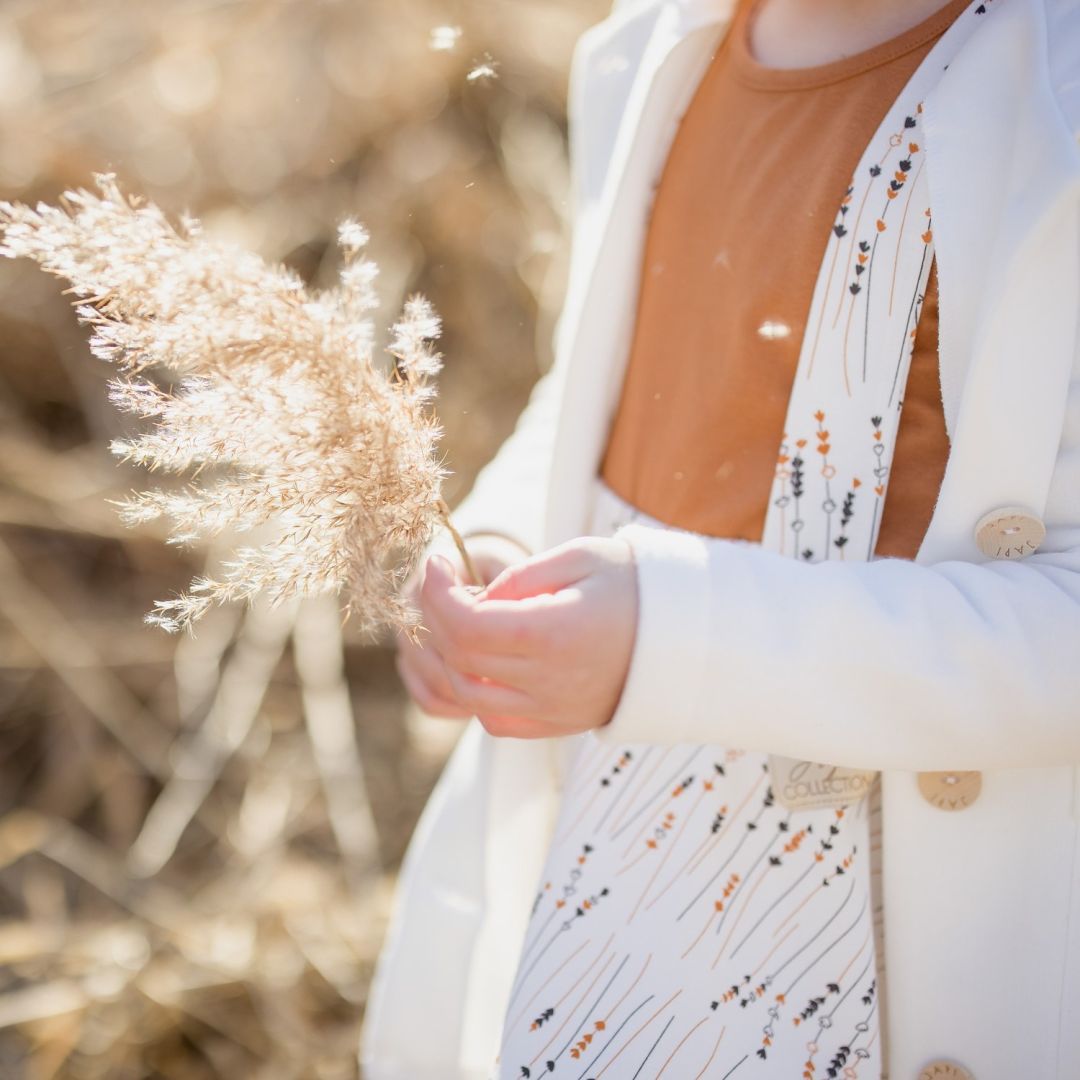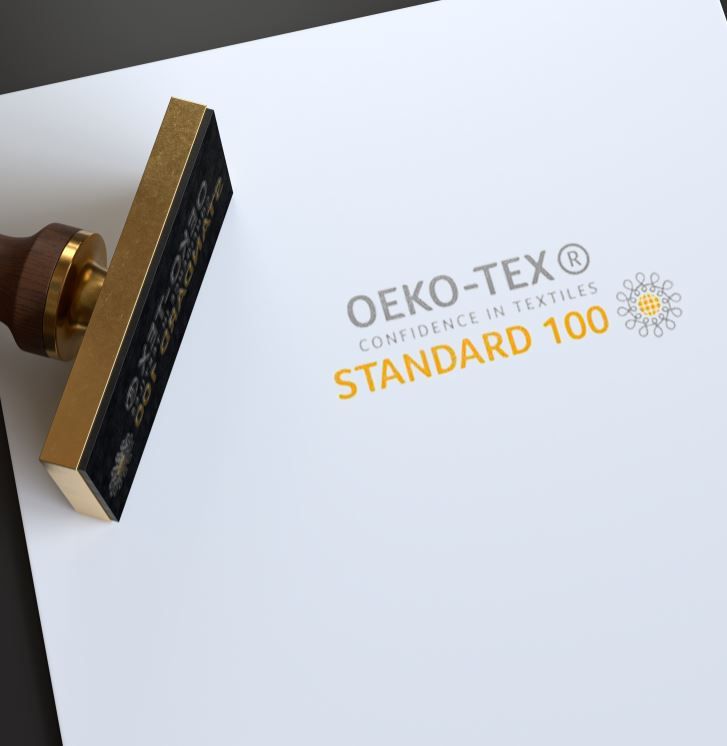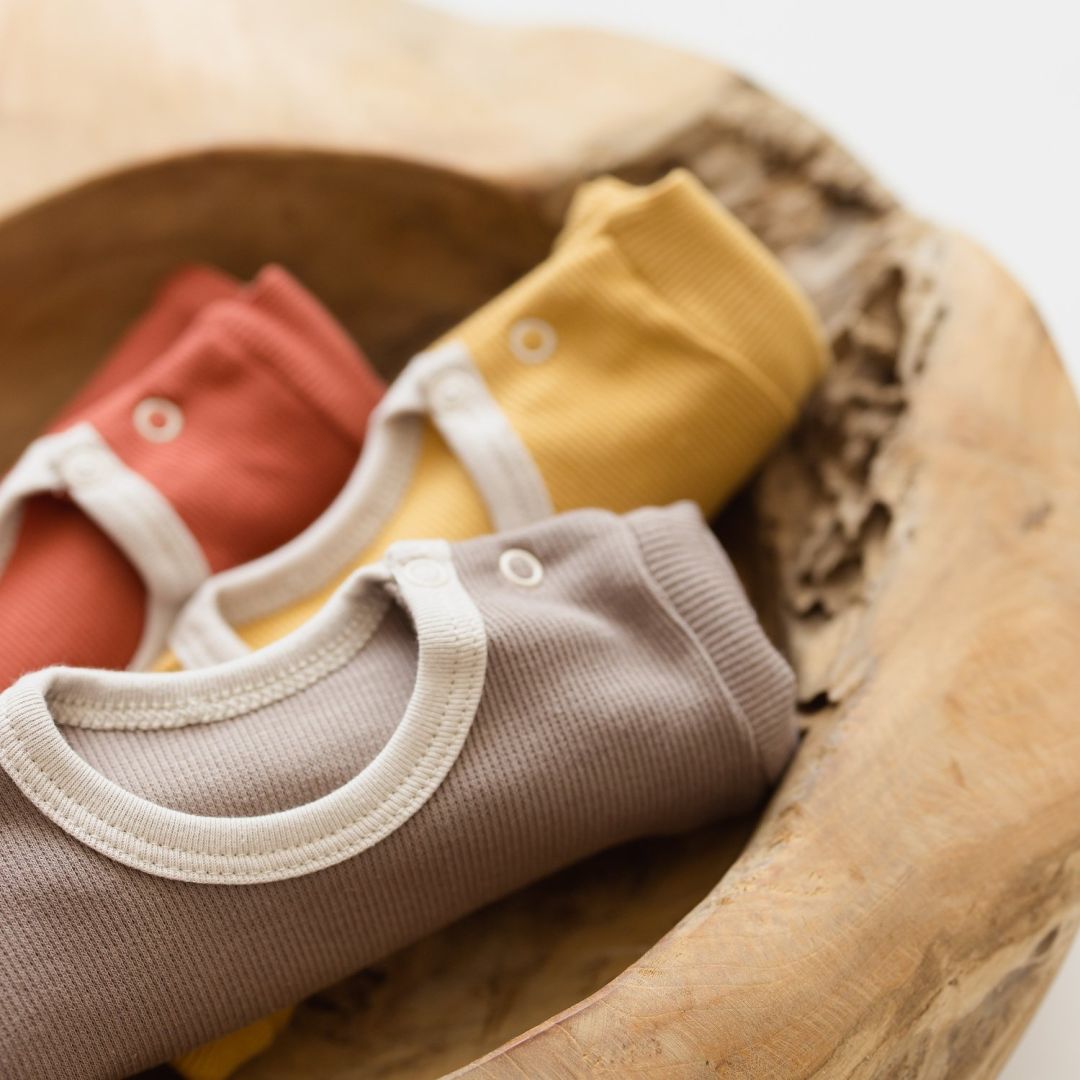What certificate do JAPI clothes possess?
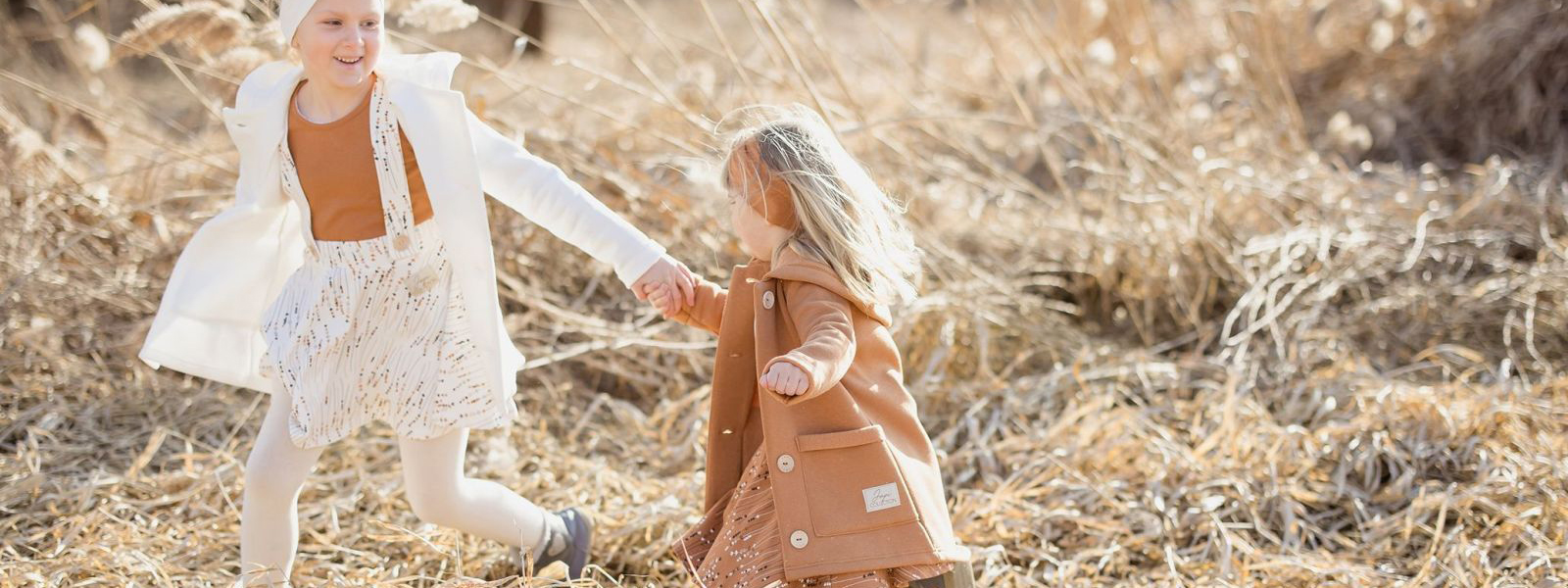
“Only the best for our children.” This is what parents say, who nowadays choose wisely what clothes their children will wear, what toy they will buy for them or what they will equip their children's room with. The materials from which we sew children's clothing and adult clothing is made of certified materials.
Parents naturally want the best for their children, and that's what we at JAPITEX want, too.

This certificate is obtained by materials that are strictly inspected once a year in special laboratories. The presence of harmful and dangerous substances is investigated. According to VÚTCH Chemitex (Research Institute of Textile Chemistry), it is a “General, internationally accepted uniform system of testing and certification of textile raw materials, semi-finished products and finished products at all stages of production. Its aim is to ensure that products do not contain harmful substances.”What is OEKO-TEX Standard 100 Certificate?
These materials are tested for:

Materials that pass this rigorous testing are classified into four classes. This class meets the strictest criteria for products that are suitable for children. These are mainly textiles and textile toys for infants and young children up to 3 years of age. This includes clothes for newborns, rompers, bodysuits, underwear, cloth diapers, cloth toys, etc. These are textiles in which a large part of their surface is in direct contact with the skin. Shirts, blouses, socks, bed linen, towels, tights, etc. This includes textiles that do not come into contact with the skin or only a small part is in contact with the skin. For example, jackets, coats, windbreakers, belts, etc. Products that come into contact with the skin minimally. This includes home and decorative textiles, tablecloths, curtains, drapes, mattresses, upholstery materials, etc.OEKO-TEX Standard 100 – Class 1
OEKO-TEX Standard 100 – Class 2
OEKO-TEX Standard 100 – Class 3
OEKO-TEX Standard 100 – Class 4

Poor quality children's clothing that contains harmful substances can endanger the child's health. Contact with such clothing irritates the baby's skin and leads to dangerous poisoning. Children's clothing is in contact with the baby's skin for a long time, so the substances contained in the clothing can get through the skin layers to the internal organs. Learn how to take care of children's clothes so that they last as long as possible and do not cause problems for babies.Health hazards for children
The most common are various skin irritations, allergic reactions, wounds and blisters on the baby's skin. When harmful substances get into the deepest layers of the skin, they can cause various poisonings and even the collapse of the body.

TIP:


